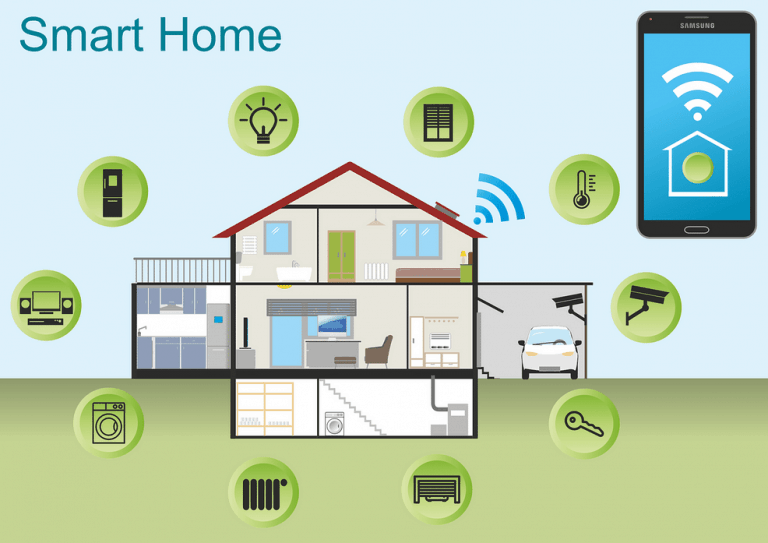Great Options for the Proper Help Desk Software

The digital revolution has profoundly changed the customer experience, posing new questions about the nature of the relationship with customers and how to organize the helpdesk.
The expectation is clear:
3 out of 4 consumers believe that effective customer service is the cornerstone of a satisfying consumer experience and 76% of them view VAS as indicative of the importance that a company attaches to its customers.
Customers
This strong wait forces this service to be transformed and to consider itself in a new angle. With a central question: what place for the human face the challenges of automation?
Answer: an essential place to ensure the promise of an “enchanting” customer experience.
- Beyond the search for productivity and cost savings, we make the choice to promote the traditional “hotline” into a “service and attention center” for the user.
- From the good old customer service to the customer experience, the human is at the heart of the mutation of the helpdesks.
We observe 5 major trends common to helpdesk transformation projects. If there is no one recipe, we can say that tomorrow’s helpdesk will be:
- Connected to go from troubleshooting to accompaniment,
- Functional to no longer assist but make autonomous,
- Customized to move the focus of the problem to the person,
- Proactive not to cure but to prevent,
- Smart to move from information to knowledge.
The helpdesk connected everywhere and all the time
The traditional hotline, the one that never answered quickly enough and spoke technical, has fizzled. With the new digital and mobile uses, she became the companion of the user. Integrated into the design of the application, access to the support guarantees permanent availability. Thanks to mobile terminals and Omni-channel management, the relationship starts on a website, continues on the phone to be finalized by email, all “seamless”. With the help desk software you can turn this option perfect.
Social networks are becoming increasingly important:
Twitter and Facebook (or corporate social networks) have become the norm for dialoguing with businesses and in the enterprise.
For one user out of two, the first reflex to an incident is to search online for the answer to the problem by querying his favorite search engine or by calling his peers or his service on social networks. Anomalies and solutions are shared online and in real time.
As a result, transparency and sharing take precedence over the relationship management process: support has entered the social helpdesk era, where every open ticket becomes a source of knowledge for the community. And this, with two significant benefits:
- Users have permanent support and always available
- The helpdesk develops a better brand image
- Self-Service as a new autonomy tool for the user
How to save the user time and give him the best service, while controlling costs for the company?
Self-service is a guarantee of autonomy for the user and a source of potential savings: whether he is confronted with a technical problem or that he asks himself a question, he is guided towards adapted and automated contents (tutorials , FAQ, etc.) and then to troubleshooting tools (downloads, resets, etc.).




